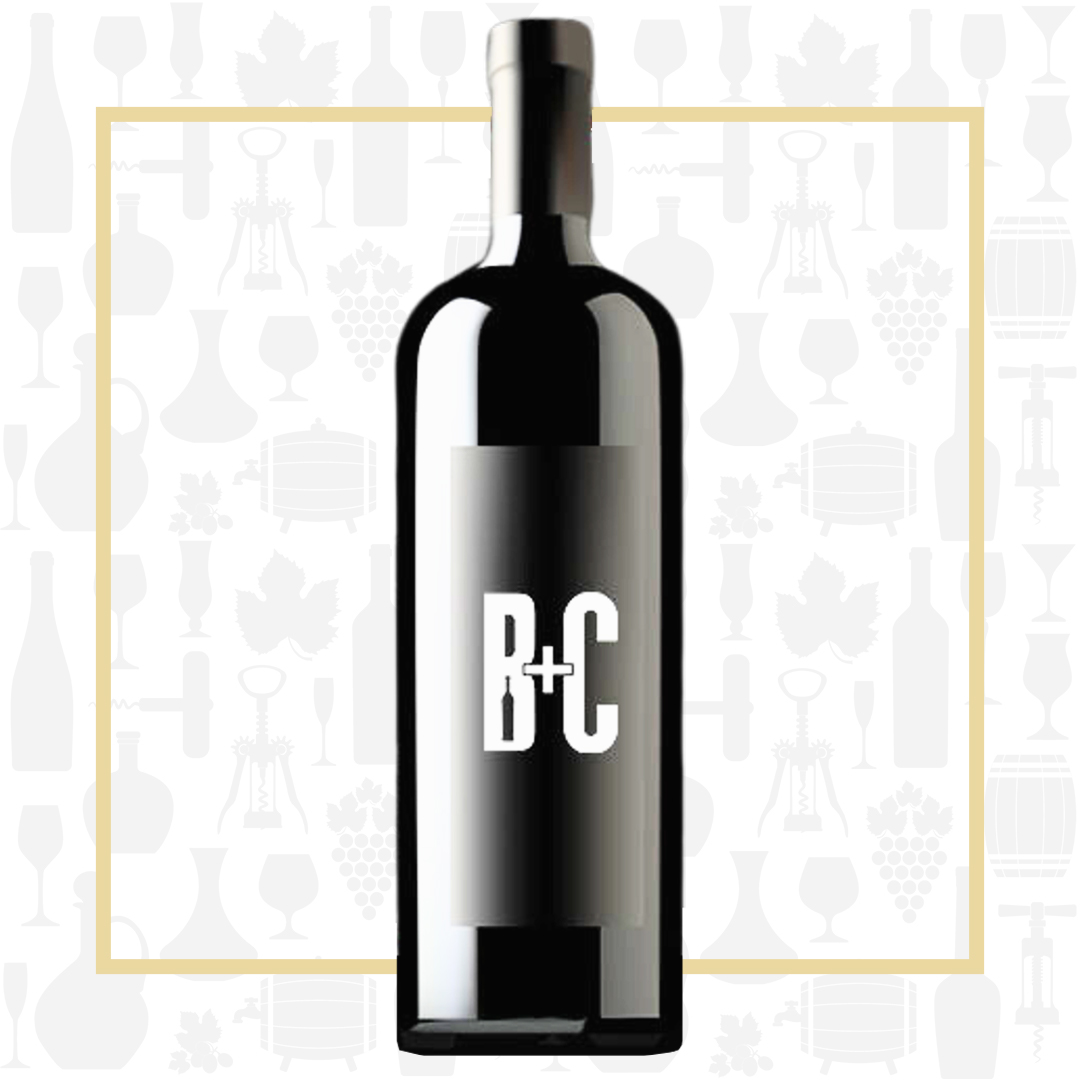Cellar Profile
Nestled in the Friuli hills, just 30 km from the sea and a short distance from Slovenia’s winegrowing regions, Ronco delle Betulle is in a historic and acclaimed region for wine production. The subzone of Rosazzo is part of the larger Colli Oriental del Friuli DOCG. The estate has been certified organic since 2019. The mother/son team of Ivana and Simone Adami believe in minimal intervention, both in the vineyard and the winery. They eschew chemicals and herbicides, use only estate fruit, avoid irrigation and machine harvesting, utilize spontaneous ferments and only use light filtration in a couple of their white wines, with the remainder of their production bottled unfined and unfiltered. Though Colli Orientali is known more for its aromatic white wines, the Rosazzo subzone is also a great place to produce structured reds, particularly from the indigenous varieties, Pignolo and Refosco. The vineyards sit in the curious “Ponca” soil that exists only in this region. It is rich in mineral salts that carry through into the wines, offering a balancing salinity to the opulent fruit.
Region
Ronco delle Betulle nestles in the hilly eastern part of Friuli in a sub zone called Rosazzo, an estate of approximately 17 hectares, of which 10 are under vine. The hills of Rosazzo benefit from a special microclimate set by several geographical factors: its closeness to the sea, its altitude and the presence of elevated parts. The nearby sea (which is approximately 30 km away) and the vicinity of the hills of Salta Caterina mitigate the climate; it is more breezy,more sunny and less rainy here than in surrounding areas.
Vineyard
The vines are planted 60 quintals per hectare using a unilateral guyot trellising system. The harvest is strictly manual. Ronco delle Betulle benefits from mixed soil made of marl, calcareous clay, sandstone and calcified sand. This soil, referred to as “Ponca”, originated approximately 50 million years ago. It is rich in mineral salts and other nutrients that yield high quality grapes and fine wines.
Winemaking
Hand-harvested grapes are brought to the cellar for a gentle crush into stainless steel, where the free run juice is macerated with the skins to give the wine its characteristic copper hue. The wine is fermented using indigenous yeasts, in temperature-controlled stainless steel, then given 6 months of aging on its lees before bottling.
Varieties
Pinot Grigio/Gris is thought to be a mutant clone of Pinot Noir and finds its origins in Burgundy, France. There are several styles of Pinot Grigio; Dry & Minerally, Dry & Fruity or Sweet & Fruity. This Dry & Minerally style is most famous from the northern parts of Italy and traverses the foothills of the Alps nearly all the way from Italy through Austria and even Romania, Slovenia and Hungary. The mountains are a powerful force on the agriculture, insuring that grapes keep their high acidity. The wines are most commonly described as dry with relatively high acidity. These characteristics are complemented by aromas of lemon, lime, green apple and blossoms.
Tasting Notes
A ripe style of Pinot Gris, with heady aromas of peach, ginger, Golden Delicious apple, paraffin and white flowers. The palate is rich and full-bodied, with Bosc pear, light honey, tangerine and a slight funky, savoury umami note. The viscosity is kept from being palate-fatiguing by its ample acidity. Chill lightly and serve with white fish in a cream sauce, grilled veggie kebabs or a mild blue cheese like Gorgonzola.

